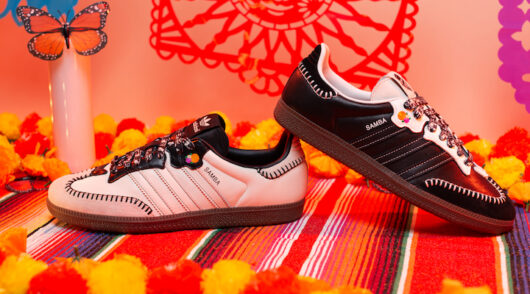The retail industry has been having a very “brat” summer. If you’re confused about what that means, here’s a brief breakdown of the viral trend that’s taken over social media and beyond. On June 7, British music artist Charlie XCX released her sixth studio album, famously dubbed, “Brat”. The artist, who is known for hit songs like “Boys” and “Boom Clap”, is widely recognised as one of the “It girls” of the fashion and music scene and for her take on one Gen Z̵
en Z‘s favourite new trends, indie sleaze.
When asked about the metaphorical definition of what it means to be a “brat”, the songstress explained, “You’re that girl who is a bit messy and loves to party and maybe says dumb things sometimes. She’s honest, blunt, and a little bit volatile. That’s brat.”
Katy Lubin, vice president of brand and communications at Lyst, further explained the difference between “brat” and the previous aesthetics that have swept social media.
“Brat is an attitude more than an aesthetic. It’s chaotic, brazen and fun; a welcome relief from the prettiness of ‘coquette’ and ‘Barbiecore’, the properness of ‘clean girls’ and ‘quiet luxury’,” Lubin said.
The album and its cover, which features the word “Brat” in bold, minimalistic black typeface against a neon green background, has gone viral.
According to the marketing and analytics platform Launchmetrics, “Brat” generated US$22.5 million in media impact value in the first-month post-launch.
Since dropping in June, the album cover has become the mood board of the summer, inspiring everything from Instagram filters to fashion drops and marketing campaigns from retail brands.
What does it mean for a retailer to be “brat”?
A large part of the reason retailers are embracing “brat” as opposed to other social media trends like “rat girl summer” or even “tomato girl summer” is the clearly defined colour palette and broad definition of the term.
As Melissa Minkow, director of retail strategy at CI&T, explained, “Brat” is an attitude. It’s aspirational, yet relatable and it’s multisensory, so there’s room for many brands here, and shopping those brands is a fun way for consumers to feel that they’re aligning their sense of identity with this movement.”
The retail expert added that retailers can be “brat” in both the literal and figurative sense of the term.
“If retailers go the literal route,” Minkow elaborated, “they’re likely either organising existing assortment that aligns with the aesthetic into edits or creating actual ‘brat green’ products with the specific ‘brat font’.”
She pointed to examples like Rent the Runway’s “brat” edit, a collection of items that fit in with the indie-sleaze vibe of the album, and online luxury fragrance retailer Twisted Lily’s roundup of “brat”-inspired scents, such as Bibliothèque by Byredo, a favourite of Charlie XCX.
“On the figurative side,” Minkow mused, “brands can tap into the essence of brat by leveraging a chaotic, rebellious, unhinged yet self-aware tone when marketing and messaging.”
For retailers that target customers who overlap with the “brat” demographic, like elder Gen Z and younger millennials, and are already known for their unfiltered branding, tapping into the momentum of this movement with on-theme activations is simple.
This may include launching pop-up shops, creating sassy product description copy or advertising campaigns, extending store hours late into the night on certain days, and offering limited-edition products to be used in a “brat”-like manner.
While not every retailer can fit into the “brat” aesthetic, “for the ones whose target audiences are Gen Z and Younger Millennials, it’s been a brilliant bandwagon on which to hop,” Minkow stated.
Unlike other social media aesthetics that have gone viral, like “tomato girl summer”, “brat” seems likely to last beyond the summer.
As Lyst’s Lubin noted, “While ‘brat’ green is trending, you can’t really buy ‘brat’-specific products, which makes it a more exciting and elusive fashion mood. So I suspect we’ll continue to see brands and retailers pile onto the moment all summer, and I’m sure we’ll see ‘brat’ impact the September runway shows, too.”
What can retailers take away from the “brat” phenomenon?
While it remains to be seen how long the “brat” movement will last, there are a few takeaways for retailers.
In a time when there are so many different and contradicting aesthetics competing for consumers’ attention – “clean girl”, “quiet luxury”, “indie sleaze”, and “Y2K/Y3K” to name just a few – the rebellious yet relaxed “brat” can be highly appealing to those who are reluctant to fit into a clearly defined box. “We’re collectively in [a state of] contextlessness, and chaos is where young consumers are having fun, and that’s the ethos of ‘brat’,” Minkow explained.







